
Deutsch-Chinesische Enzyklopädie, 德汉百科
 Architektur der Renaissance
Architektur der Renaissance
 Architektur der Renaissance
Architektur der Renaissance
 Deutsche Renaissance
Deutsche Renaissance
 Architektur der Renaissance
Architektur der Renaissance
 Englische Renaissance
Englische Renaissance
 Architektur der Renaissance
Architektur der Renaissance
 Französische Renaissance
Französische Renaissance

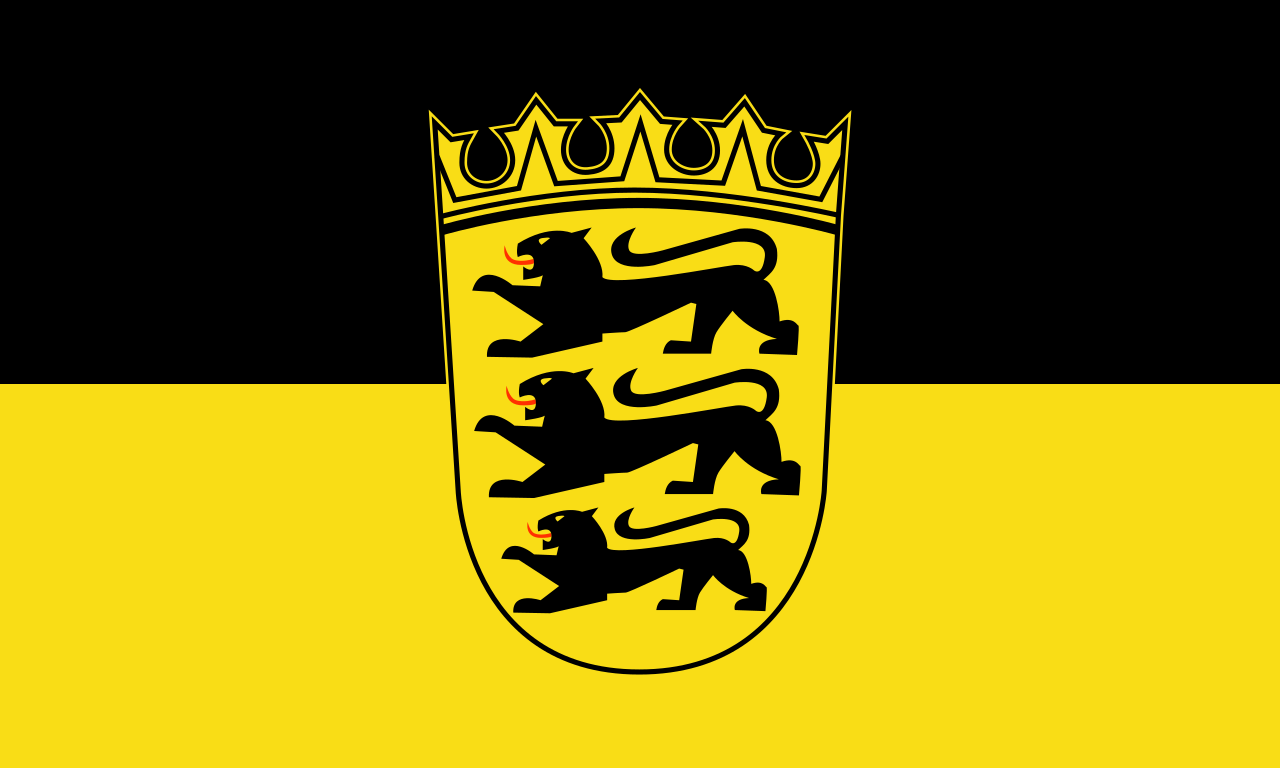 Baden-Württemberg
Baden-Württemberg

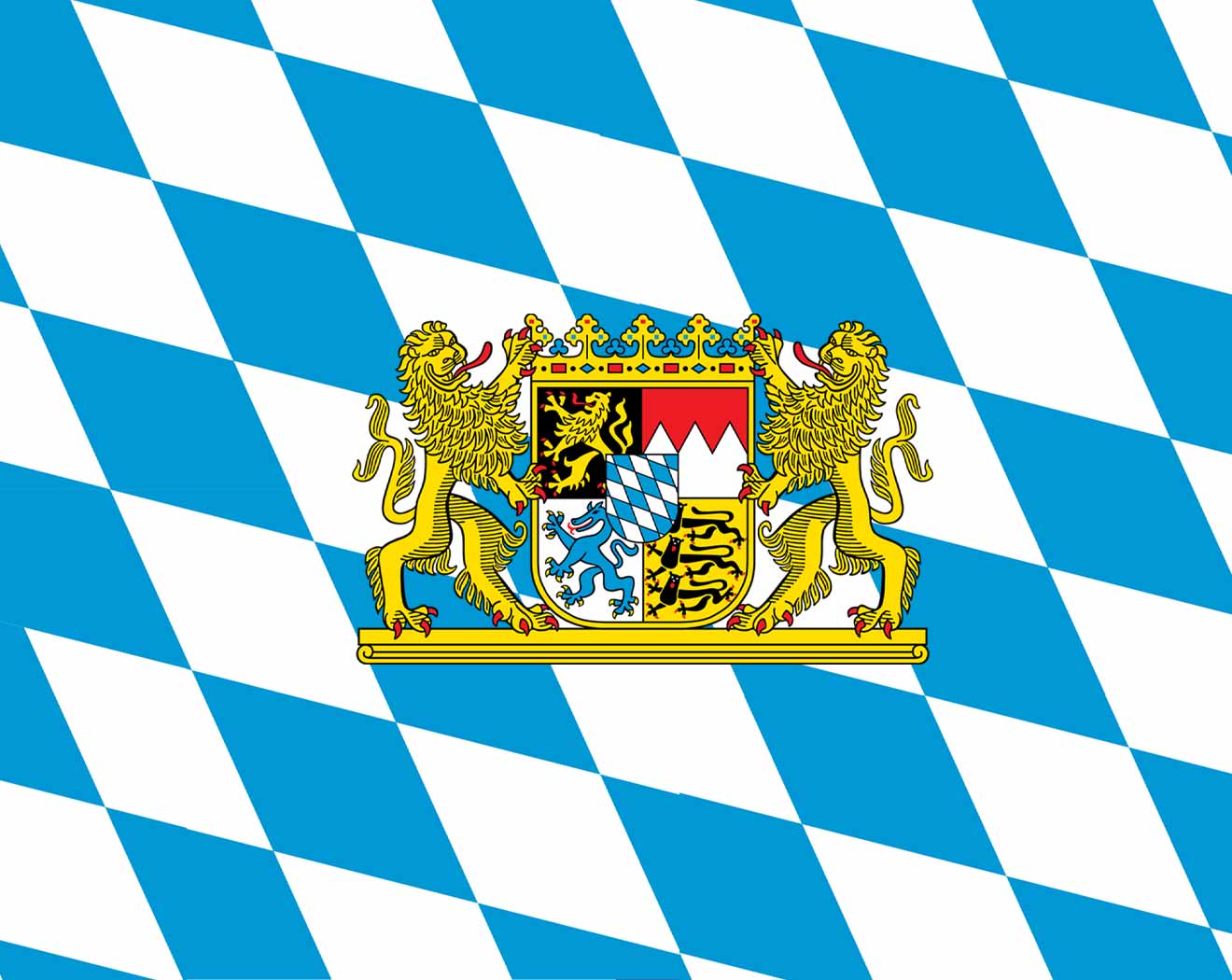 Bayern
Bayern

 Berlin
Berlin

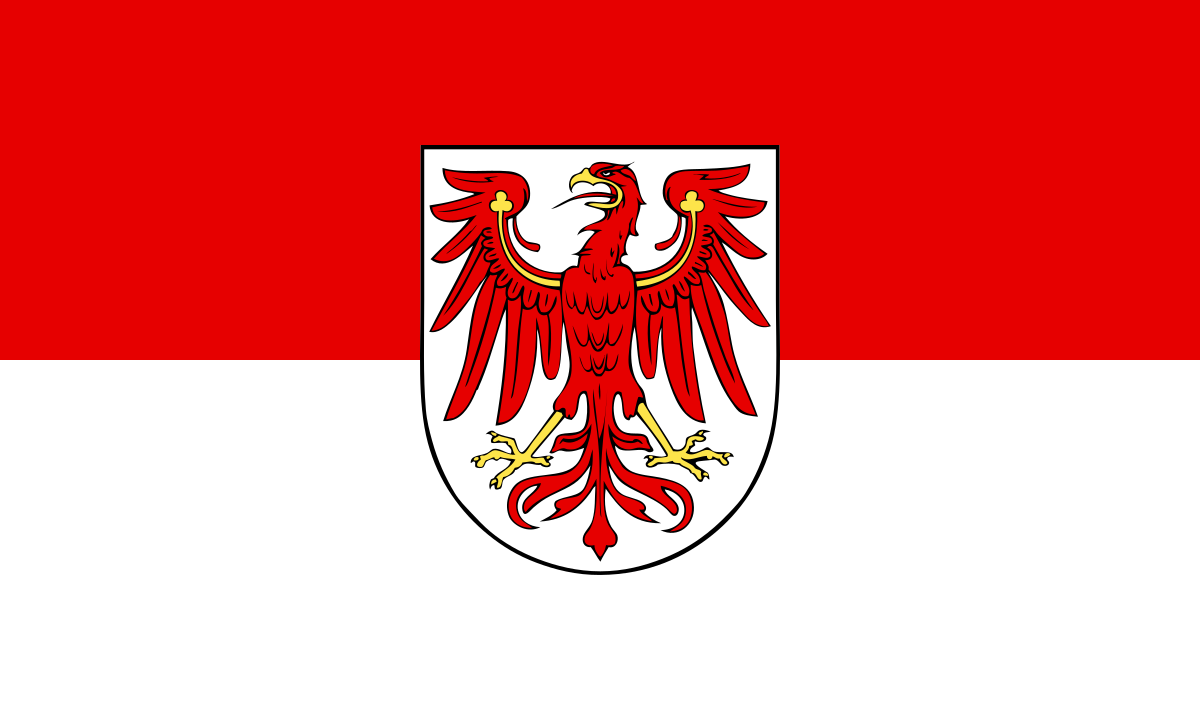 Brandenburg
Brandenburg

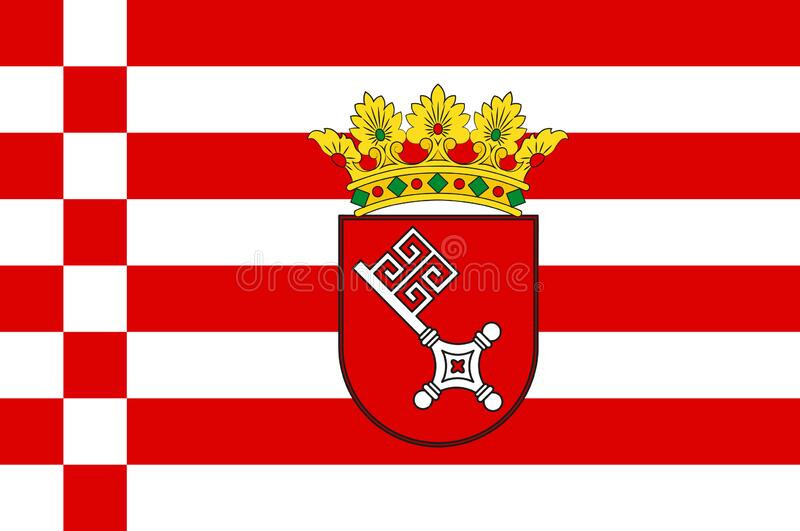 Bremen
Bremen
 Deutschland
Deutschland

 Geschichte
Geschichte
 M 1500 - 2000 nach Christus
M 1500 - 2000 nach Christus

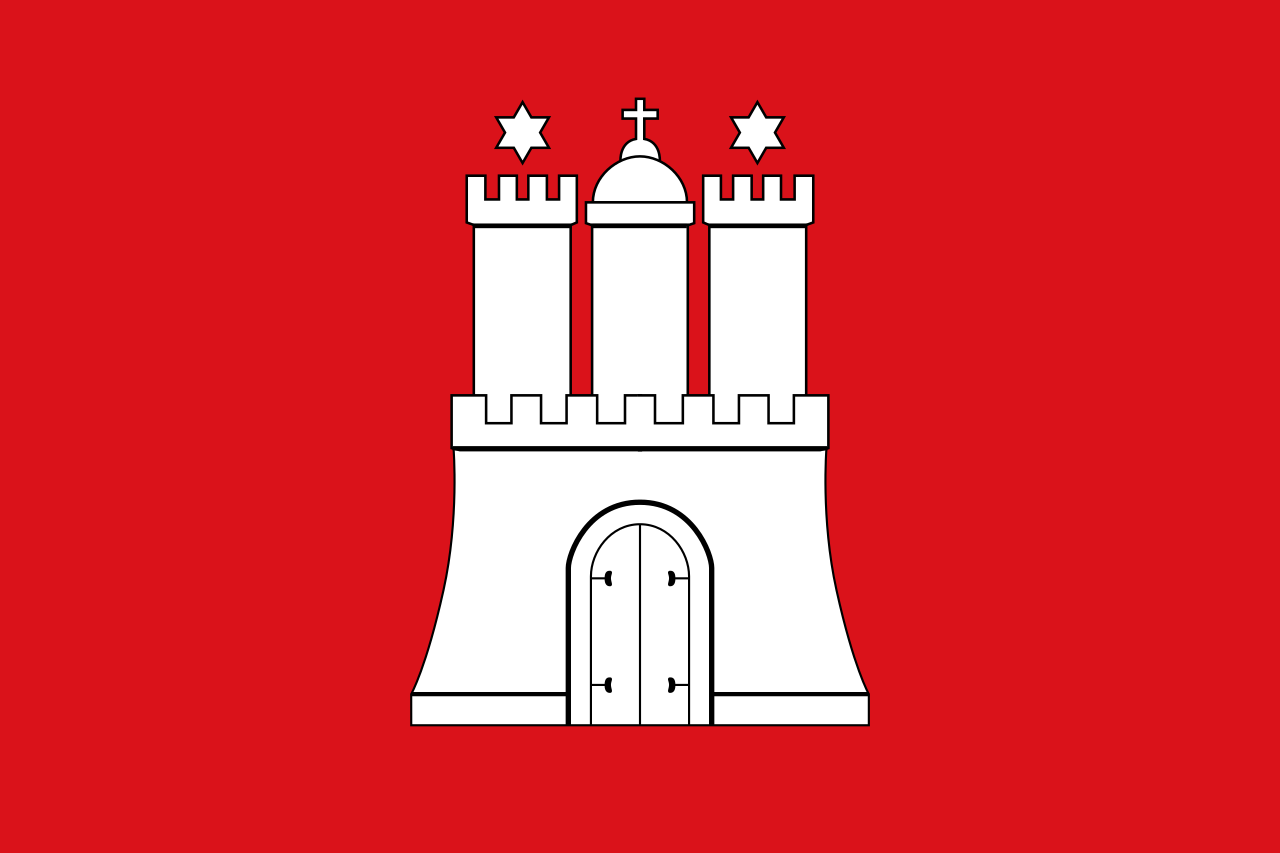 Hamburg
Hamburg

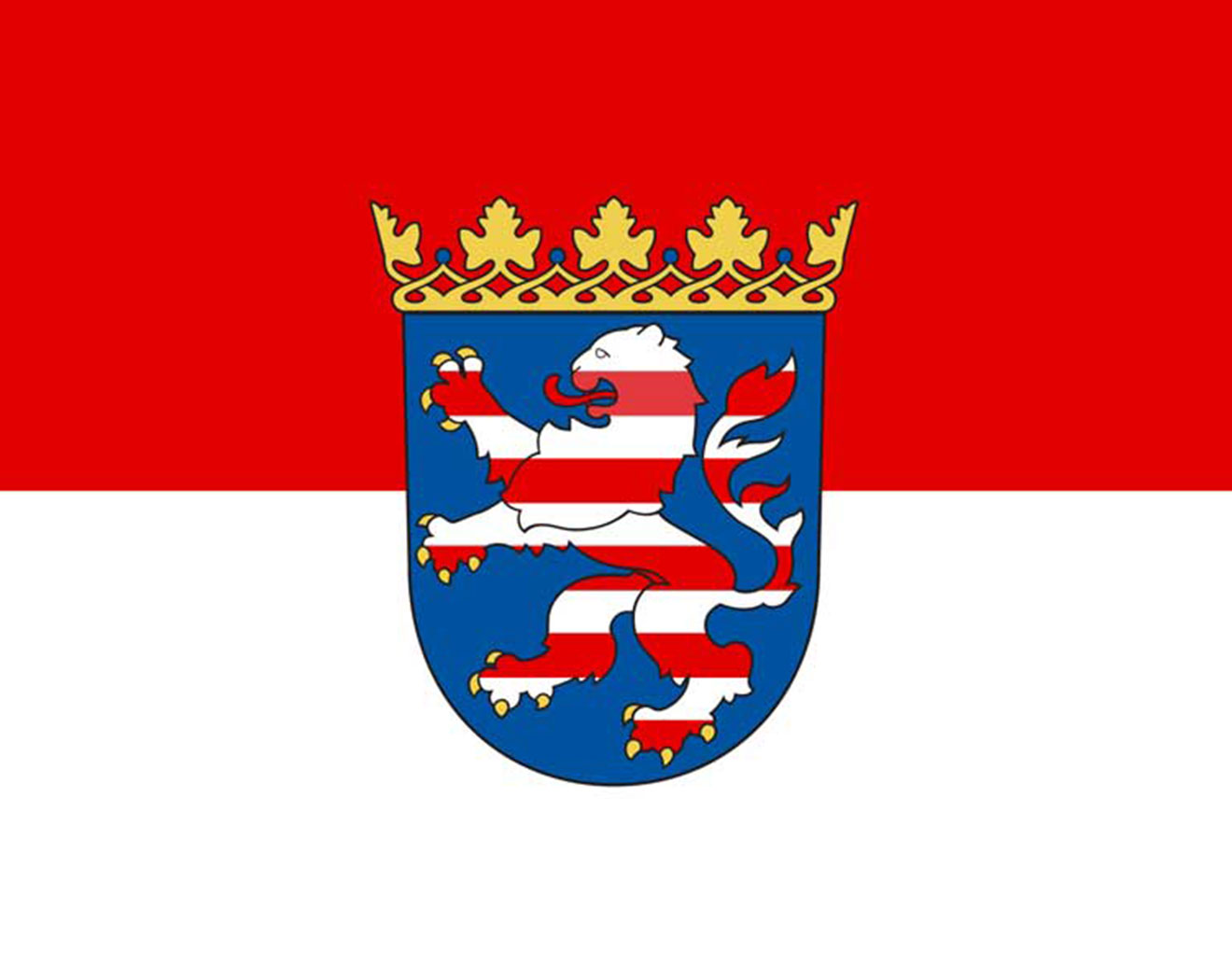 Hessen
Hessen

 Mecklenburg-Vorpommern
Mecklenburg-Vorpommern

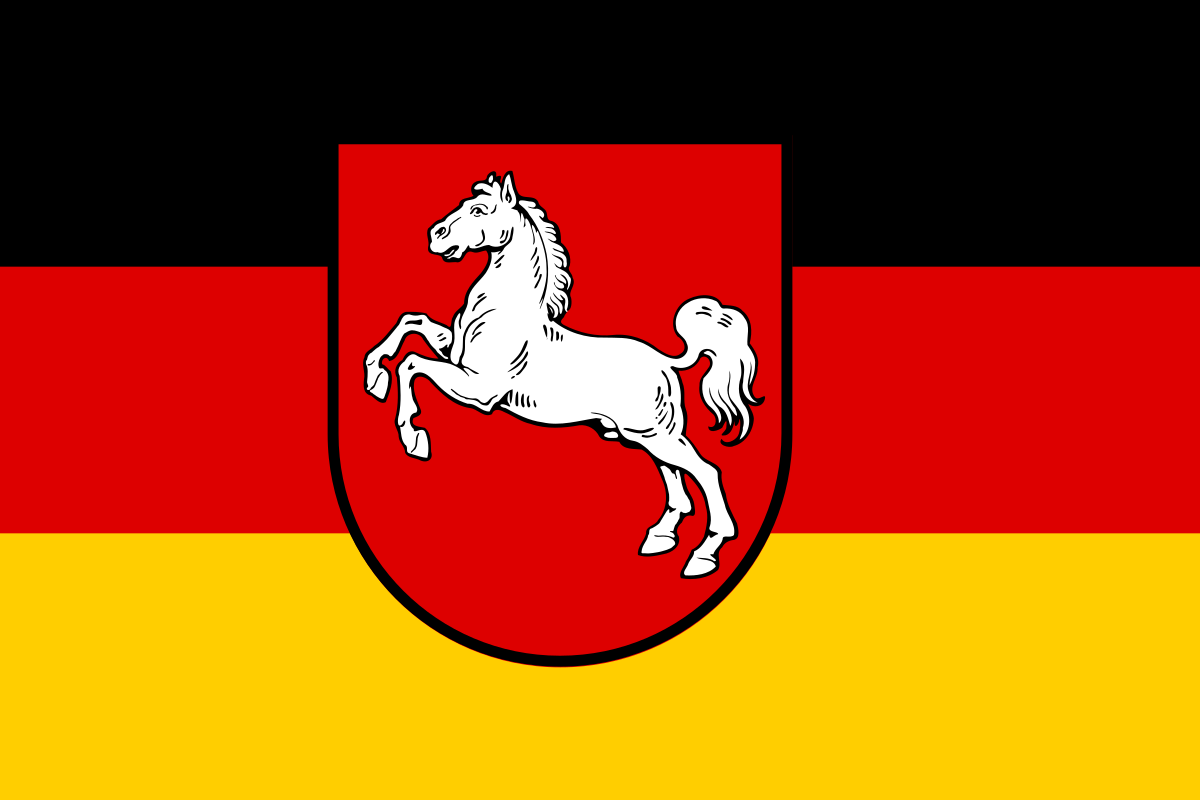 Niedersachsen
Niedersachsen

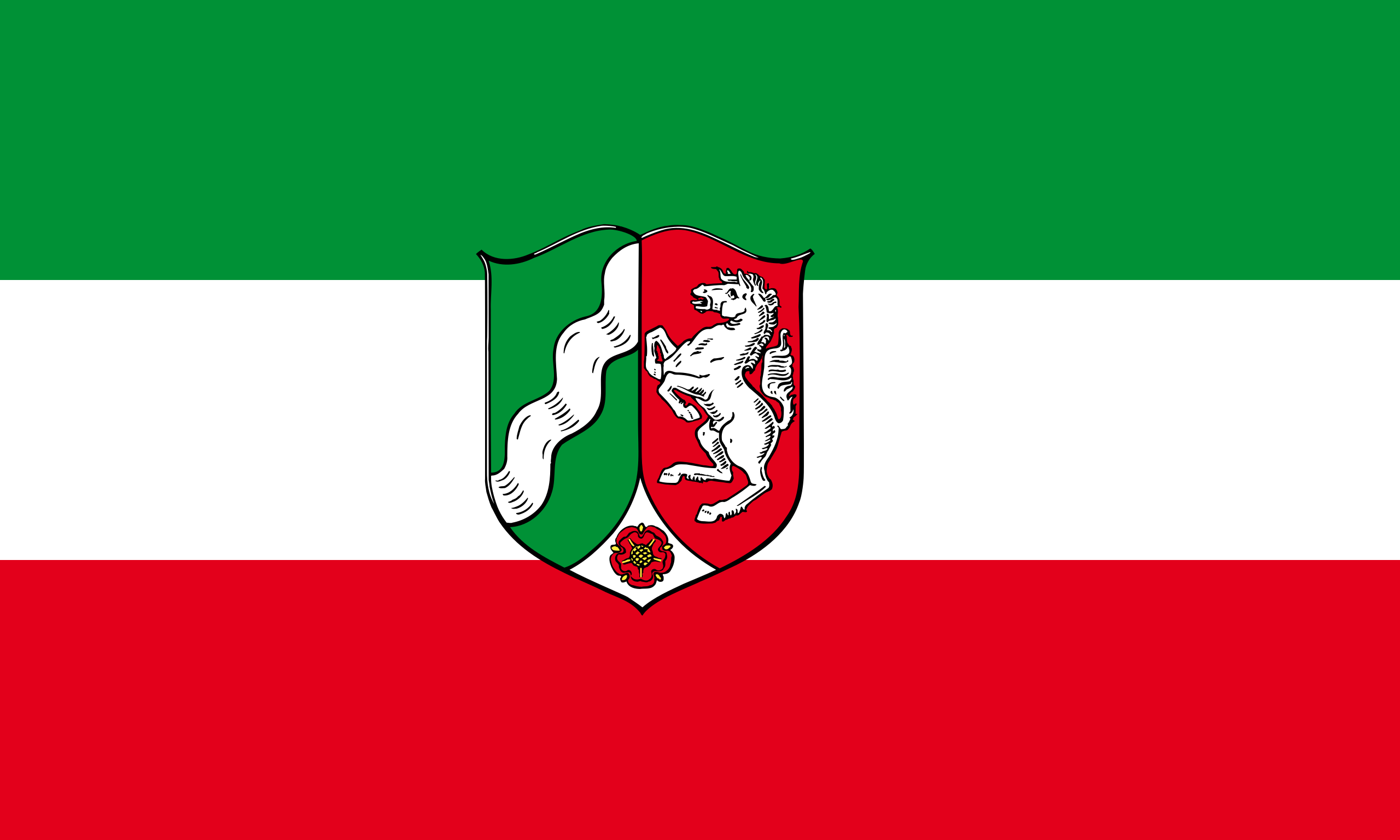 Nordrhein-Westfalen
Nordrhein-Westfalen

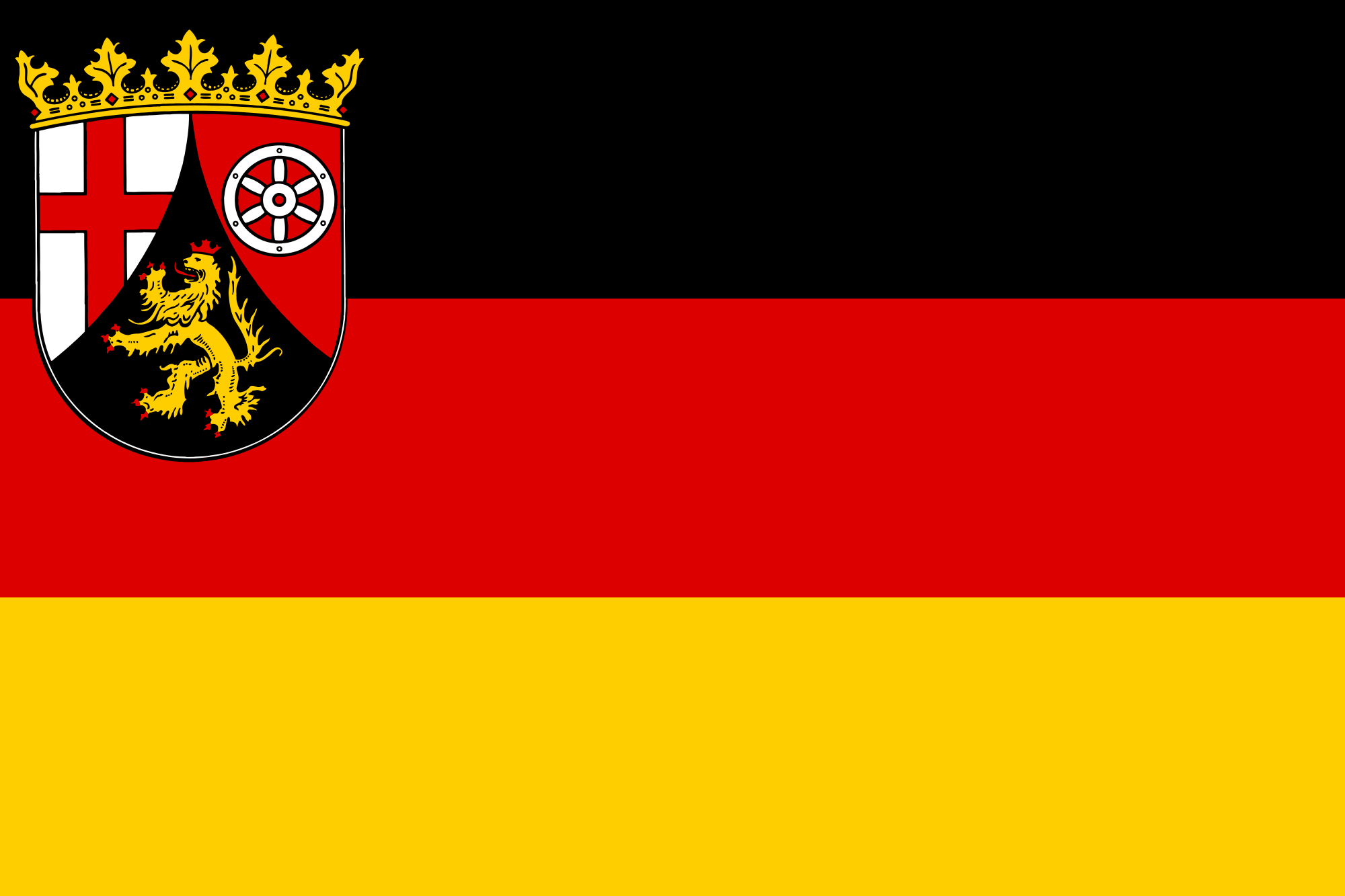 Rheinland-Pfalz
Rheinland-Pfalz

 Rueckblick
Rueckblick

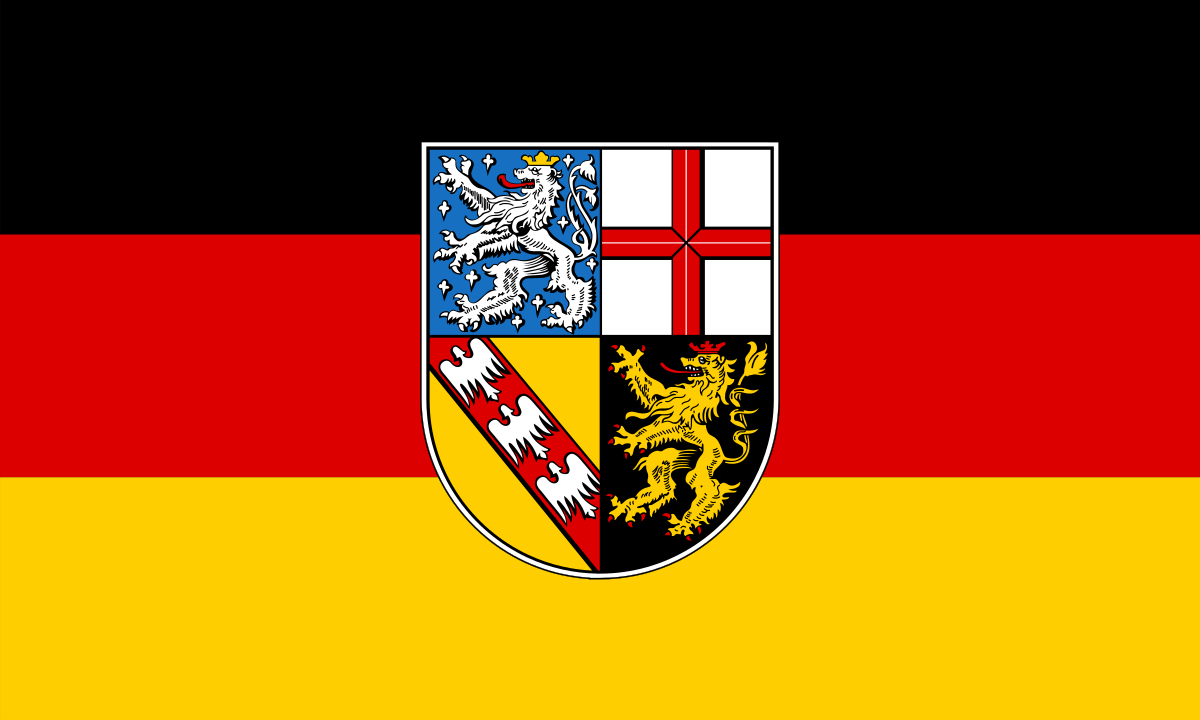 Saarland
Saarland

 Sachsen
Sachsen

 Sachsen-Anhalt
Sachsen-Anhalt

 Schleswig-Holstein
Schleswig-Holstein

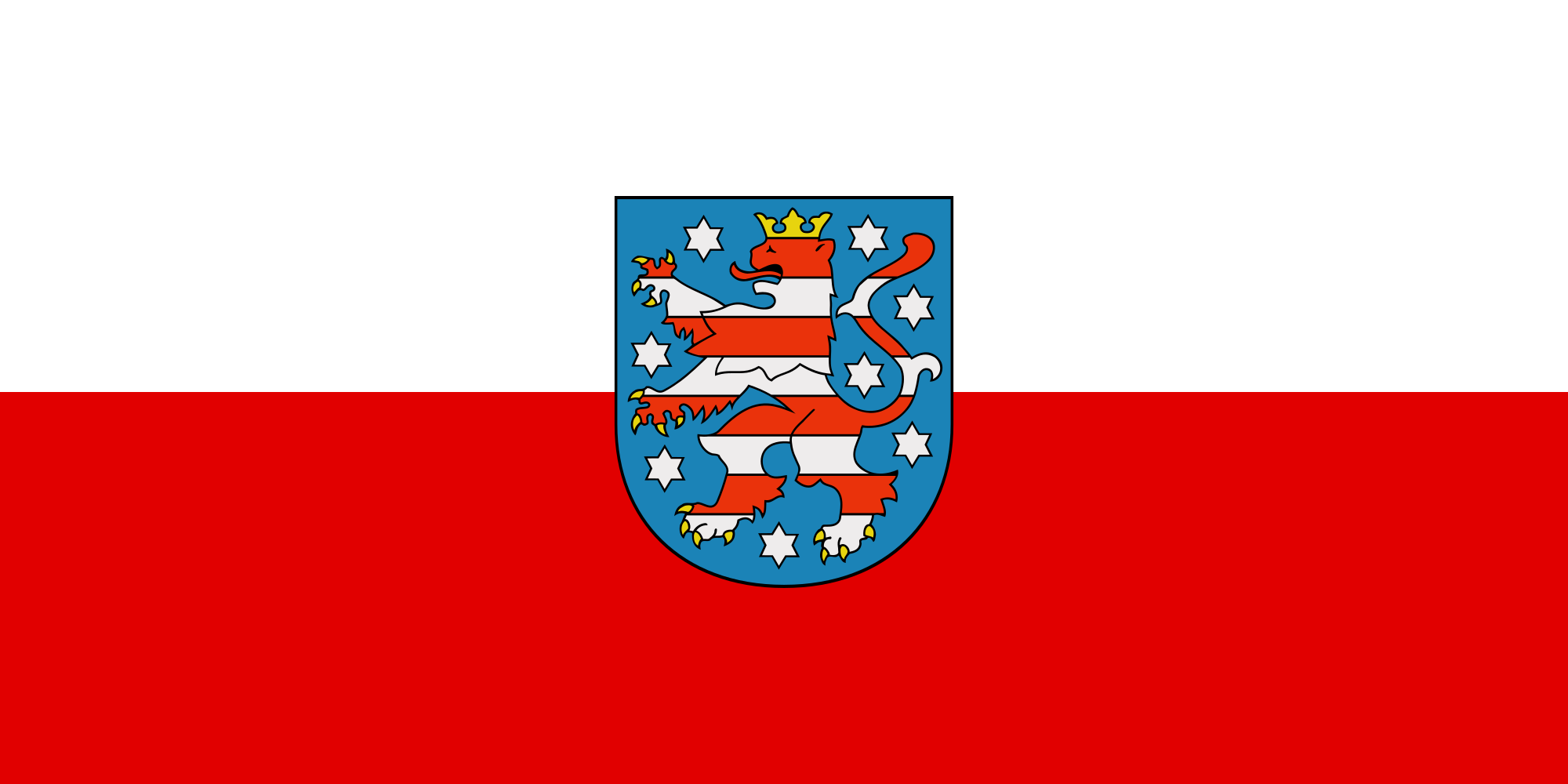 Thüringen
Thüringen

 Traditionen
Traditionen

Copyright © Institut für Länderkunde, Leipzig 2001
Die detaillierte Regionalkarte gibt es direkt beim Archiv des Nationalatlas Bundesrepublik Deutschland als PDF-Download.
 Architektur der Renaissance
Architektur der Renaissance
 Deutsche Renaissance
Deutsche Renaissance
 Architektur der Renaissance
Architektur der Renaissance
 Englische Renaissance
Englische Renaissance
 Architektur der Renaissance
Architektur der Renaissance
 Französische Renaissance
Französische Renaissance

 Geschichte
Geschichte
 M 1500 - 2000 nach Christus
M 1500 - 2000 nach Christus

 Rueckblick
Rueckblick

 Traditionen
Traditionen
 Vereinigtes Königreich
Vereinigtes Königreich

 Architektur der Renaissance
Architektur der Renaissance
 Deutsche Renaissance
Deutsche Renaissance
 Architektur der Renaissance
Architektur der Renaissance
 Englische Renaissance
Englische Renaissance
 Architektur der Renaissance
Architektur der Renaissance
 Französische Renaissance
Französische Renaissance
 Frankreich
Frankreich

 Geschichte
Geschichte
 M 1500 - 2000 nach Christus
M 1500 - 2000 nach Christus

 Traditionen
Traditionen

 Architektur der Renaissance
Architektur der Renaissance
 Deutsche Renaissance
Deutsche Renaissance
 Architektur der Renaissance
Architektur der Renaissance
 Englische Renaissance
Englische Renaissance
 Architektur der Renaissance
Architektur der Renaissance
 Französische Renaissance
Französische Renaissance

 Geschichte
Geschichte
 L 1000 - 1500 nach Christus
L 1000 - 1500 nach Christus
 Italien
Italien

 Rueckblick
Rueckblick

 Traditionen
Traditionen

文艺复兴建筑最明显的特征是扬弃了中世纪时期的哥特式建筑风格,而在宗教和世俗建筑上重新采用古希腊罗马时期的柱式构图要素。
文艺复兴建筑
文艺复兴时期的建筑师和艺术家们认为,哥特式建筑是基督教神权统治的象征,而古代希腊和罗马的建筑是非基督教的。他们认为这种古典建筑,特别是古典柱式构图体观着和谐与理性,并同人体美有相通之处,这些正符合文艺复兴运动的人文主义观念。
但是意大利文艺复兴时代的建筑师绝不是食古不化的人。虽然有人(如帕拉第奥和维尼奥拉)在著作中为古典柱式制定出严格的规范 。不过当时的建筑师,包括帕拉第奥和维尼奥拉本人在内并没有受规范的束缚。
欧洲建筑风格-文艺复兴建筑
他们一方面采用古典柱式,一方面又灵活变通,大胆创新,甚至将各个地区的建筑风格同古典柱式融合一起。他们还将文艺复兴时期的许多科学技术上的成果,如力学上的成就、绘画中的***规律、新的施工机具等等,运用到建筑创作实践中去。
在文艺复兴时期,建筑类型、建筑形制、建筑形式都比以前增多了。建筑师在创作中既体现统一的时代风格,又十分重视表现自己的艺术个性。总之,文艺复兴建筑,特别是意大利文艺复兴建筑,呈现空前繁荣的景象,是世界建筑史上一个大发展和大提高的时期。
欧洲建筑风格-文艺复兴建筑
一般认为,十五世纪佛罗伦萨大教堂的建成,标志着文艺复兴建筑的开端。而关于文艺复兴建筑何时结束的问题,建筑史界尚存在着不同的看法。有一些学者认为一 直到 十八世纪末,有将近四百年的时间属于文艺复兴建筑时期。另一种看法是意大利文艺复兴建筑到十七世纪初就结束了,此后转为巴洛克建筑风格。
意大利以外地区的文艺复兴建筑的形成和延续呈现着复杂、曲折和参差不一的状况。建筑史学界对其它各国文艺复兴建筑的性质和延续时间并无一致的见解。尽管如 此,建筑史学界仍然公认 ,以意大利为中心的文艺复兴建筑,对以后几百年的欧洲及其他许多地区的建筑风格都产生了广泛持久的影响。

 Architektur
Architektur
 Neobyzantinische Architektur
Neobyzantinische Architektur
 Architektur der Renaissance
Architektur der Renaissance
 Russische Renaissance
Russische Renaissance

 Geschichte
Geschichte
 M 1500 - 2000 nach Christus
M 1500 - 2000 nach Christus

 Religion
Religion
 Russland
Russland

 Weltkulturerbe
Weltkulturerbe

聖ワシリイ大聖堂(露:Собор Василия Блаженного)はロシアの首都、モスクワの赤の広場に立つロシア正教会の大聖堂。正式名称は「堀の生神女庇護大聖堂」(Собор Покрова, что на Рву、詳細は#名称・記憶を参照)。
「聖ワシリー大聖堂」「聖ヴァシーリー大聖堂」「聖ワシーリー寺院」とも日本では表記される。
1551年から1560年にかけて、イヴァン4世(雷帝)が、カザン・ハーンを捕虜とし勝利したことを記念して建立した。ロシアの聖堂でもっとも美しい建物のひとつと言われる。1990年にユネスコの世界遺産に登録された。
ゲームソフト等で有名なテトリスでは、ロシア文化をイメージとした背景や音楽等がよく用いられており、聖ワシリイ大聖堂もしばしば背景画像やパッケージとして使われている。
「クレムリンの聖ワシリイ大聖堂」といった説明がされることもあるが、大聖堂はクレムリンの城壁の内側には位置していないため誤りである。聖ワシリイ大聖堂が位置する赤の広場はクレムリンの城壁の外側にある。
The Cathedral of Vasily the Blessed (Russian: собо́р Васи́лия Блаже́нного, Sobor Vasiliya Blazhennogo), commonly known as Saint Basil's Cathedral, is an Orthodox church in Red Square of Moscow, and is one of the most popular cultural symbols of Russia. The building, now a museum, is officially known as the Cathedral of the Intercession of the Most Holy Theotokos on the Moat, or Pokrovsky Cathedral.[5] It was built from 1555 to 1561 on orders from Ivan the Terrible and commemorates the capture of Kazan and Astrakhan. It was the city's tallest building until the completion of the Ivan the Great Bell Tower in 1600.[6]
The original building, known as Trinity Church and later Trinity Cathedral, contained eight chapels arranged around a ninth, central chapel dedicated to the Intercession; a tenth chapel was erected in 1588 over the grave of the venerated local saint Vasily (Basil). In the 16th and 17th centuries, the church, perceived (as with all churches in Byzantine Christianity) as the earthly symbol of the Heavenly City,[7] was popularly known as the "Jerusalem" and served as an allegory of the Jerusalem Temple in the annual Palm Sunday parade attended by the Patriarch of Moscow and the Tsar.[8]
The cathedral has nine domes (each one corresponding to a different church) and is shaped like the flame of a bonfire rising into the sky,[9] a design that has no parallel in Russian architecture. Dmitry Shvidkovsky, in his book Russian Architecture and the West, states that "it is like no other Russian building. Nothing similar can be found in the entire millennium of Byzantine tradition from the fifth to the fifteenth century ... a strangeness that astonishes by its unexpectedness, complexity and dazzling interleaving of the manifold details of its design."[10] The cathedral foreshadowed the climax of Russian national architecture in the 17th century.[11]
La cattedrale dell'Intercessione della Madre di Gesù sul Fossato, popolarmente nota come cattedrale di San Basilio, è una cattedrale della Chiesa ortodossa russa eretta sulla Piazza Rossa di Mosca tra il 1555 e il 1561 (XVI). Costruita per volontà di Ivan IV di Russia per commemorare la presa di Kazan' e Astrachan', essa rappresenta il centro geometrico della città e il fulcro della sua crescita già dal XIV secolo.[1] È stato il più alto edificio della città di Mosca fino al completamento della Grande Torre Campanaria di Ivan il Grande, avvenuto nel 1600.[2]
L'edificio originale, noto come la chiesa della Trinità e successivamente come cattedrale della Trinità, constava di otto chiese laterali distribuite intorno alla nona, centrale, chiesa dell'Intercessione; la decima chiesa venne eretta nel 1588 sopra la tomba del venerato stolto Basilio il Benedetto. Durante il XVI e il XVII secolo la cattedrale, percepita come il simbolo in terra della Città celeste,[3] era popolarmente conosciuta come Gerusalemme e rappresentava un'allegoria del Tempio di Gerusalemme durante l'annuale parata della Domenica delle Palme capeggiata dal Patriarca di Mosca e dallo zar.[4]
Il disegno dell'edificio, la cui forma ricorda «le fiamme di un falò che sale verso il cielo»,[5] non ha analoghi nell'architettura russa: «Non è come nessun altro edificio russo. Niente di simile può essere trovato nell'intero millennio di tradizione bizantina intercorso tra il V e il XV secolo… una stranezza che lascia attoniti per l'imprevedibilità, la complessità e l'abbagliante fioritura dei dettagli riprodotti nel suo disegno.»[6] La cattedrale anticipò la climax dell'architettura nazionale russa del XVII secolo,[7] ma non è mai stata riprodotta direttamente.
La cattedrale ha operato come divisione del Museo Storico di Stato già dal 1928. Venne completamente secolarizzata nel 1929 e, al 2009, risulta ancora proprietà della Federazione russa. La cattedrale è inclusa dal 1990 come Patrimonio dell'umanità nella lista UNESCO, insieme con il Cremlino di Mosca.[8]
La Catedral de la Intercesión de la Santísima Virgen en el Montículo (en ruso Собор Покрова Пресвятой Богородицы, что на Рву, Sobor Pokrová Presvyatoy Bogoróditsy, chto na Rvu), más conocida como Catedral de San Basilio, es un templo ortodoxo localizado en la Plaza Roja de la ciudad de Moscú, Rusia. Es mundialmente famosa por sus cúpulas en forma de bulbo. A pesar de lo que se suele pensar popularmente, la Catedral de San Basilio no es ni la sede del Patriarca Ortodoxo de Moscú, ni la catedral principal de la capital rusa, pues en ambos casos es la Catedral de Cristo Salvador. Como parte de la Plaza Roja, la catedral de San Basilio fue incluida desde 1990, junto con el conjunto del Kremlin, en la lista de Patrimonio de la Humanidad de Unesco.2
La construcción de la catedral fue ordenada por el zar Iván el Terrible para conmemorar la conquista del Kanato de Kazán, y se realizó entre 1555 y 1561. En 1588, el zar Teodoro I de Rusia mandó que se agregara una nueva capilla en el lado este de la construcción, sobre la tumba de San Basilio el Bendito, santo por el cual se empezó a llamar popularmente la catedral.
San Basilio se encuentra en el extremo sureste de la Plaza Roja, justo frente a la Torre Spásskaya (la Torre del Salvador) del Kremlin y la iglesia de San Juan Bautista en Dyákovo.
En un jardín frente a la iglesia se levanta el Monumento a Minin y Pozharsky, una estatua de bronce en honor a Dmitri Pozharski y Kuzmá Minin, quienes reunieron voluntarios para el ejército que luchó contra los invasores polacos durante el conocido como Período Tumultuoso.
El concepto inicial era construir un grupo de capillas, dedicadas a cada uno de los santos en cuyo día el zar ganó una batalla, pero la construcción de una torre central unifica estos espacios en una sola catedral.
La leyenda dice que el zar Iván dejó ciego al arquitecto Póstnik Yákovlev para evitar que proyectara una construcción que pudiera superar a esta, aunque parece claro que no se trata más que de una fabulación, ya que Yákovlev participó, pasados unos años, en la construcción del Kremlin de Kazán.
La catedral de San Basilio no debe confundirse con el Kremlin de Moscú, que está situado a su lado en la Plaza Roja, y por tanto no forma parte de él. Aun así, muchos medios confunden ambas construcciones.
Собо́р Покрова́ Пресвято́й Богоро́дицы, что на Рву (Покро́вский собо́р, собо́р Покрова́ на Рву, разговорное — собо́р (храм) Васи́лия Блаже́нного) — православный храм на Красной площади в Москве, памятник русской архитектуры. Строительство собора велось с 1555 по 1561 год[1][2].
Собор объединяет одиннадцать церквей (приделов), часть из которых освящена в честь святых, дни памяти которых пришлись на решающие бои за Казань[3]. Центральная церковь сооружена в честь Покрова Богородицы, вокруг которой группируются отдельные церкви в честь: Святой Троицы, Входа Господня в Иерусалим, Николы Великорецкого, Трёх Патриархов: Александра, Иоанна и Павла Нового, Григория Армянского, Киприана и Иустины, Александра Свирского и Варлаама Хутынского, размещённые на одном основании-подклете, а также придел в честь Василия Блаженного[4][5], по имени которого храм получил второе, более известное название, и церковь Иоанна Блаженного, вновь открытая после длительного запустения в ноябре 2018 года[6].
В названии собора упомянут ров, проходивший вдоль Кремлёвской стены и служивший оборонительным укреплением (Алевизов ров), его глубина была около 13 метров, а ширина — около 36 метров[7][8].
Собор входит в российский список объектов Всемирного наследия ЮНЕСКО и является филиалом Государственного исторического музея[9].